Data Envelopment Analysis: A Handbook of Modeling Internal Structure and Network
4.5
بر اساس نظر کاربران

شما میتونید سوالاتتون در باره کتاب رو از هوش مصنوعیش بعد از ورود بپرسید
هر دانلود یا پرسش از هوش مصنوعی 2 امتیاز لازم دارد، برای بدست آوردن امتیاز رایگان، به صفحه ی راهنمای امتیازات سر بزنید و یک سری کار ارزشمند انجام بدینکتاب های مرتبط:
معرفی کتاب
کتاب «Data Envelopment Analysis: A Handbook of Modeling Internal Structure and Network» نوشتهٔ Cook W.D. و Zhu J.، اثری ارزشمند در زمینه تجزیه و تحلیل پوششی دادهها (DEA) است که به طور خاص بر مدلسازی ساختار داخلی و شبکهها تمرکز دارد. این کتاب یک مرجع جامع برای پژوهشگران، دانشجویان و حرفهایهای علاقمند به تجزیه و تحلیل کارایی و بهرهوری در سازمانها و سیستمهای پیچیده است.
خلاصهای از کتاب
در این کتاب، مفاهیم بنیادی DEA و کاربردهای آن در زمینههای مختلف مورد بررسی قرار گرفتهاند. نویسندگان به طور خاص به مدلسازی ساختار داخلی سازمانها و نحوه تعاملات در شبکهها پرداختهاند. در طول کتاب، نظریهها و مدلهای پیشرفتهای که در تجزیه و تحلیل کارایی مورد استفاده قرار میگیرند، توضیح داده شدهاند. همچنین، نویسندگان مثالهای عملی و مطالعات موردی ارائه کردهاند که به درک بهتر چگونگی اعمال DEA در شرایط واقعی کمک میکند.
نکات کلیدی
- توسعه مدلهای جدید DEA برای بررسی و تحلیل ساختار داخلی سازمانها
- ارائه روشهایی برای تحلیل شبکههای پیچیده با استفاده از DEA
- تاکید بر اهمیت ساختاردهی مناسب دادهها و تعاملات در تحلیل کارایی
- مطالعه موردیهایی از صنایعی مانند بهداشت و درمان، مالی و خدمات عمومی
جملات معروف
«درک عمیق ساختار داخلی و شبکههای ارتباطی میتواند بهبود قابل توجهی در تصمیمگیری و بهرهوری سازمانی ایجاد کند.»
چرا این کتاب مهم است؟
این کتاب برای افرادی که به کاربردهای عملی DEA در محیطهای سازمانی پیچیده علاقمند هستند، یک منبع حیاتی محسوب میشود. با تمرکز بر مدلسازی ساختار داخلی و شبکههای ارتباطی، این کتاب روشها و ابزارهایی را ارائه میدهد که برای تحلیل و بهبود کارایی سازمانها بسیار مؤثر هستند. همچنین، با ارائه مطالعات موردی و مثالهای عملی، این کتاب به خوانندگان کمک میکند تا نظریههای ارائه شده را به مسائل واقعی دنیای کسب و کار و صنعت تطبیق دهند.
"Data Envelopment Analysis: A Handbook of Modeling Internal Structure and Network" is an essential read for academics, researchers, and professionals eager to delve into the advanced methodologies of efficiency and productivity analysis using the Data Envelopment Analysis (DEA) approach. Edited by Cook W.D. and Zhu J., this comprehensive volume serves as a profound exploration of DEA’s capabilities in capturing the internal structures and network dynamics within decision-making units (DMUs).
Detailed Summary of the Book
This book meticulously uncovers the intricacies of DEA, focusing on the internal mechanisms and network structures that define and influence decision-making processes. Over the years, DEA has evolved from a simple efficiency measurement tool to a comprehensive analytical framework. This evolution is artfully encapsulated in this handbook, illustrated through models that depict the internal structures of organizations and their intricate networks.
The editors bring together a diverse range of perspectives from leading experts in the field, offering a rich tapestry of theoretical insights and practical applications. The book is structured to provide readers with a foundational understanding of DEA and progressively introduce more complex models that capture interconnections and evaluate performance metrics beyond traditional boundaries. From the examination of basic internal structures to the application of network DEA models, the book covers a wide array of topics crucial for advanced analysis.
Key Takeaways
-
Understanding the evolution of DEA from basic efficiency measurement to complex network analyses and internal structural modeling.
-
Gaining insights into the methodologies used to construct DEA models that capture an organization's internal and network structures.
-
Learning from case studies and applications illustrating the real-world utility of DEA in various sectors, including finance, healthcare, and manufacturing.
-
Exploring advanced DEA models, such as network DEA, which accounts for interconnections and interdependencies within networks.
Famous Quotes from the Book
"Understanding the structures that govern decision-making processes within organizations is key to unlocking new levels of efficiency and productivity."
"To analyze is to deconstruct and comprehend the unseen networks that pulsate beneath the surface of organizational operations."
Why This Book Matters
"Data Envelopment Analysis: A Handbook of Modeling Internal Structure and Network" represents a significant contribution to the field of operations research and efficiency analysis. It addresses the increasing complexity of organizational environments and the need for sophisticated analytical tools that go beyond surface-level assessments. As the global economy pivots towards more interconnected and network-based operations, the ability to accurately model and evaluate these systems is becoming imperative.
For practitioners, this book provides practical approaches and examples of DEA applications across various industries, demonstrating its versatility and power. For researchers, it opens new avenues for exploration and development in fields like network optimization and internal process evaluations. The insights and methodologies presented in this book are vital for anyone committed to improving organizational performance through data-driven decisions.
دانلود رایگان مستقیم
شما میتونید سوالاتتون در باره کتاب رو از هوش مصنوعیش بعد از ورود بپرسید
دسترسی به کتابها از طریق پلتفرمهای قانونی و کتابخانههای عمومی نه تنها از حقوق نویسندگان و ناشران حمایت میکند، بلکه به پایداری فرهنگ کتابخوانی نیز کمک میرساند. پیش از دانلود، لحظهای به بررسی این گزینهها فکر کنید.
این کتاب رو در پلتفرم های دیگه ببینید
WorldCat به شما کمک میکنه تا کتاب ها رو در کتابخانه های سراسر دنیا پیدا کنید
امتیازها، نظرات تخصصی و صحبت ها درباره کتاب را در Goodreads ببینید
کتابهای کمیاب یا دست دوم را در AbeBooks پیدا کنید و بخرید
1298
بازدید4.5
امتیاز0
نظر98%
رضایتنظرات:
4.5
بر اساس 0 نظر کاربران
Questions & Answers
Ask questions about this book or help others by answering
No questions yet. Be the first to ask!
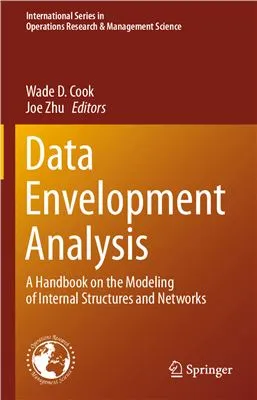

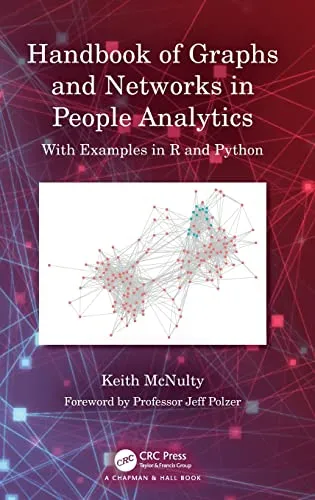


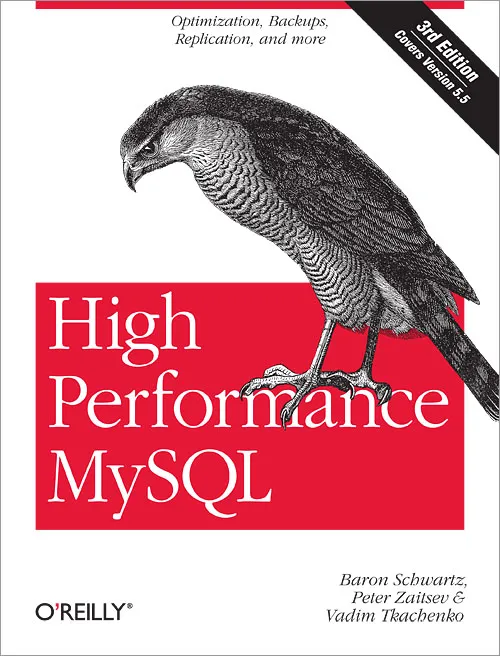
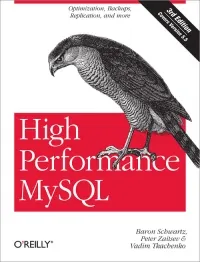

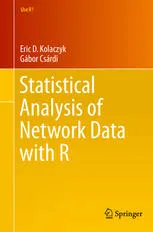
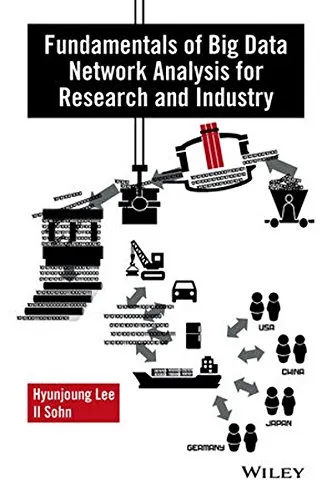
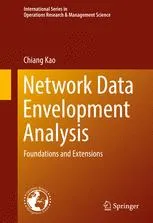
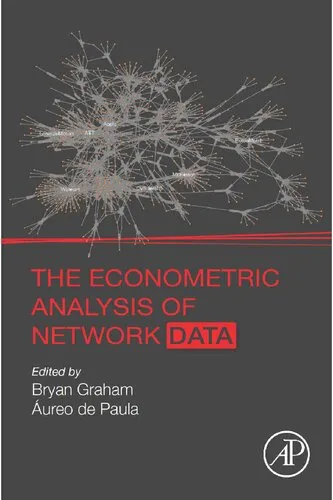
![Network Optimization: Continuous and Discrete Models [Chapters 1, 2, 3, 10]](https://s3.refhub.ir/images/thumb/Network_Optimization__Continuous_and_Discrete_27301.webp)

